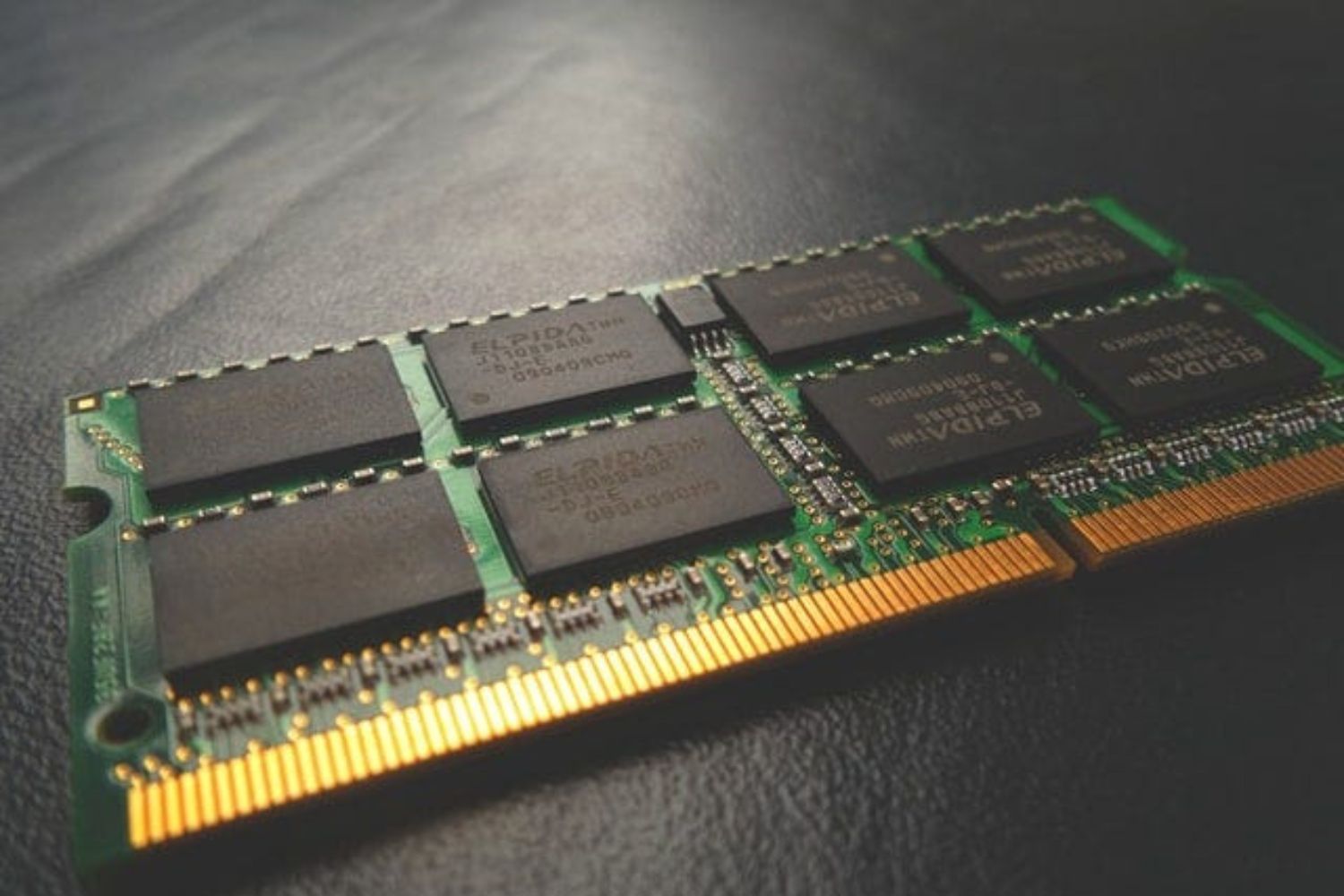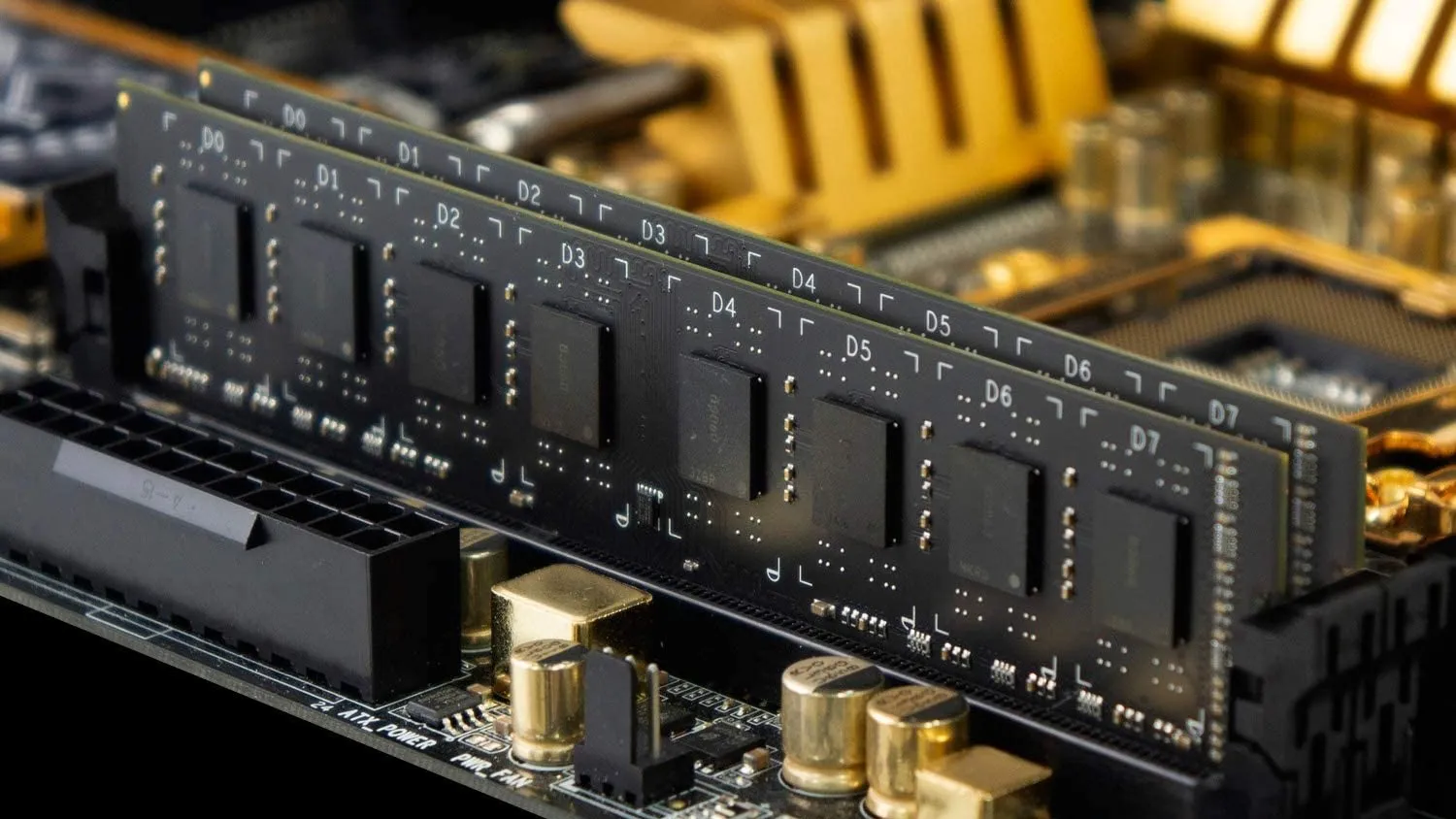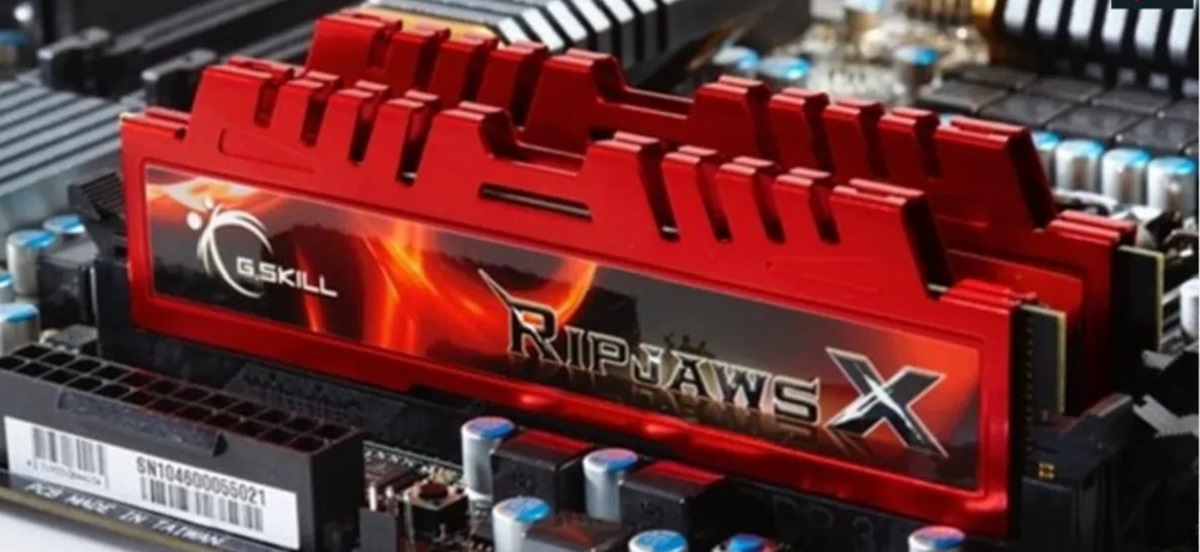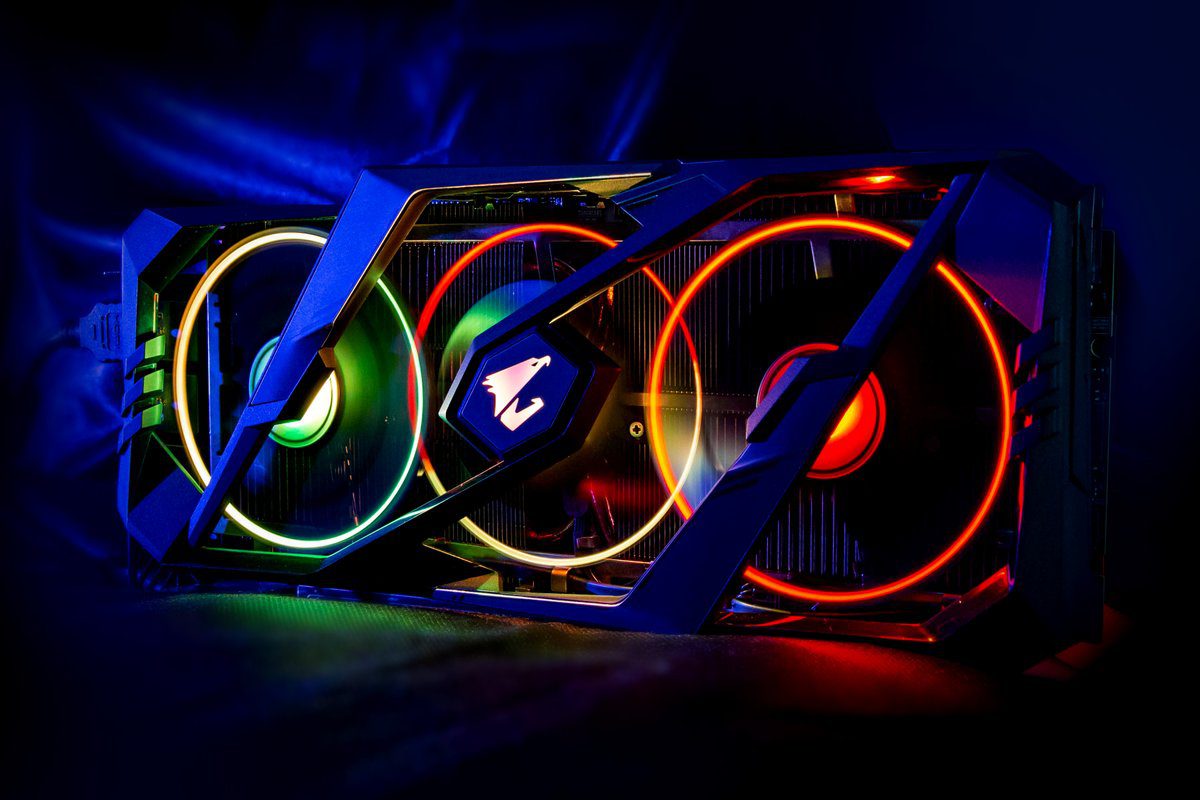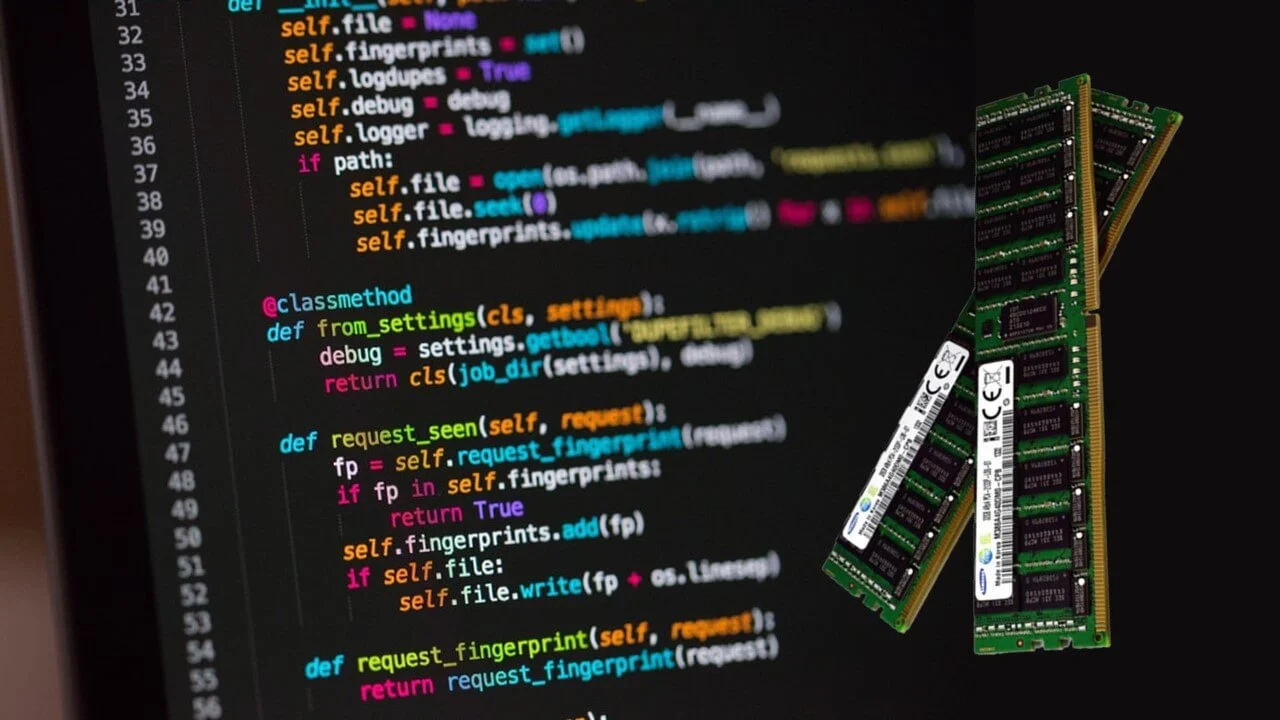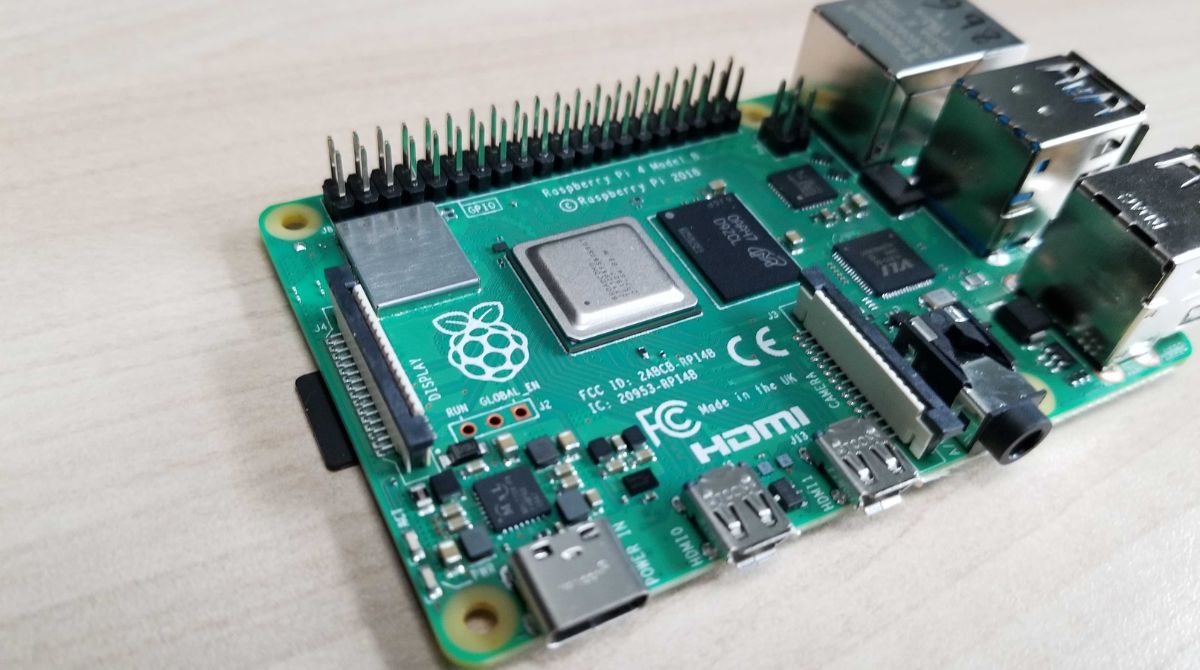Introduction
Machine learning has emerged as a powerful tool in various fields, from finance and healthcare to marketing and technology. As more businesses and individuals recognize the potential of machine learning algorithms, the demand for computing resources to efficiently run these models continues to grow. While many factors contribute to the successful implementation of machine learning, one crucial aspect is the amount of Random Access Memory (RAM) available on the system.
RAM plays a vital role in machine learning tasks by providing the necessary temporary storage for data and model parameters during training and inference. The amount of RAM available directly impacts the size and complexity of the models that can be trained and the amount of data that can be processed at once. Insufficient RAM can lead to performance issues, such as slow training times, frequent crashes, and inaccurate predictions.
When considering the amount of RAM required for machine learning, several factors need to be taken into account. These include the nature of the machine learning task, the size of the dataset, the complexity of the model, and the available computational resources. Different machine learning tasks have varying RAM requirements, and understanding these requirements is crucial in optimizing the resource allocation for successful model training and evaluation.
In this article, we will explore the minimum RAM requirements for different machine learning tasks, factors that affect RAM usage, techniques to optimize RAM usage, and how to choose the right RAM for machine learning. By understanding these aspects, you will be better equipped to determine the optimal RAM configuration for your specific machine learning needs.
How Does RAM Affect Machine Learning?
RAM, also known as primary memory or main memory, is a vital component for machine learning tasks. Its impact on machine learning performance can be understood by considering its role in storing and accessing data and model parameters during the training and inference processes.
During the training phase, machine learning models process large amounts of data to learn and adjust their parameters. This data is typically stored in batches, and each batch must be loaded into RAM for processing. The size of the batch that can fit into RAM determines the efficiency of the training process. If the batch size exceeds the available RAM capacity, the system may need to transfer data back and forth between RAM and secondary storage, such as a hard drive or solid-state drive (SSD). This process, known as swapping or paging, can significantly slow down training times and hinder the overall performance of the model.
Moreover, the size and complexity of the machine learning models themselves can heavily impact the RAM requirements. Models with more parameters and layers tend to require more memory to store their weights and activations during training and inference. For example, deep learning models, which are known for their many layers and parameters, often require substantial amounts of RAM for efficient training.
RAM also affects inference, where trained models are used to make predictions on new data. During inference, the input data is passed through the trained model, and the model’s outputs are computed. This process requires loading the model’s parameters into RAM to perform the necessary computations. If the model parameters are too large to fit in RAM, it can lead to slower inference times and potentially prevent the model from running entirely.
Furthermore, RAM plays a crucial role in facilitating data processing and manipulation. Machine learning tasks often involve preprocessing steps such as feature extraction, dimensionality reduction, and data normalization. These operations require data to be loaded and manipulated in memory, and the available RAM capacity determines the size of the datasets that can be processed efficiently.
In summary, RAM has a direct impact on the efficiency and performance of machine learning tasks. It affects the ability to process and store data, handle complex models, and perform inference. Having an adequate amount of RAM ensures smoother and faster training and inference processes, while insufficient RAM can lead to performance bottlenecks and hinder the accuracy and effectiveness of machine learning models.
Factors to Consider
When determining the amount of RAM required for machine learning tasks, several factors need to be considered to ensure optimal performance and efficiency. These factors include:
1. Size of the dataset: The size of the dataset directly impacts the RAM requirements. Larger datasets require more memory to store and process, especially during training, where batches of data are loaded into RAM. Ensuring that the RAM capacity can accommodate the dataset size is crucial for efficient training.
2. Complexity of the model: Machine learning models vary in complexity, with some models having more layers and parameters than others. Complex models tend to require more RAM to store their weights and activations during training and inference. It is important to consider the complexity of the chosen model when determining the RAM requirements.
3. Batch size: During training, data is processed in batches rather than all at once. The size of the batch that can fit into RAM affects the training efficiency. Larger batch sizes may require more RAM but can lead to faster convergence and better generalization. However, choosing excessively large batch sizes that exceed the available RAM capacity can lead to performance issues and slower training times.
4. Available computational resources: The amount of RAM available is also influenced by the overall computational resources of the system. If the system has other resource-intensive processes running simultaneously, the available RAM may be limited. It is essential to consider the overall system resources when determining the RAM requirements for machine learning.
5. Model optimization techniques: Various techniques can help optimize the memory usage of machine learning models. Techniques like model pruning, parameter sharing, and low-precision arithmetic can reduce the memory footprint of the model while maintaining performance. These optimization techniques can help mitigate high RAM requirements and allow for efficient model training and inference.
6. Future scalability: It is wise to consider future scalability when choosing the RAM capacity. As datasets and models continue to grow in size and complexity, having scalability in terms of RAM can ensure that the system can handle larger tasks in the future without requiring frequent hardware upgrades.
By considering these factors, you can determine the appropriate RAM configuration for your machine learning tasks. It is essential to strike a balance between having enough RAM to efficiently process data and run complex models while also considering the available computational resources and budget constraints.
Minimum RAM Requirements for Different Machine Learning Tasks
Different machine learning tasks have varying RAM requirements depending on the nature of the task and the size and complexity of the dataset and model. While the specific RAM requirements may vary based on the specific implementation and hardware configurations, the following are general guidelines for the minimum RAM requirements for common machine learning tasks:
1. Supervised Learning: Supervised learning tasks, such as classification and regression, typically require a moderate amount of RAM. The RAM requirements depend on the size of the input data and the complexity of the model. For datasets with a few thousand samples and relatively simple models, a minimum of 4-8GB of RAM may be sufficient. However, as the dataset size and model complexity increase, it is advisable to have at least 16GB or more of RAM for optimal performance.
2. Unsupervised Learning: Unsupervised learning tasks, such as clustering and dimensionality reduction, generally have lower RAM requirements compared to supervised learning. The RAM requirements depend on the size of the dataset and the complexity of the algorithms used. For smaller datasets, 2-4GB of RAM may be adequate. However, as the dataset size increases or when using more memory-intensive algorithms, it is recommended to have at least 8-16GB of RAM.
3. Deep Learning: Deep learning, a subset of machine learning, often requires significant amounts of RAM due to the complexity of deep neural networks. The RAM requirements depend on the size and complexity of the models, the batch size, and the size of the input data. For small-scale deep learning tasks with simple models, 8GB of RAM may be sufficient. However, for larger-scale tasks with deep neural networks and larger datasets, it is advisable to have 16GB or more, and in some cases, even 32GB or higher RAM capacity for optimal performance.
4. Natural Language Processing (NLP): NLP tasks such as language modeling, sentiment analysis, and text classification can require varying amounts of RAM depending on the size of the dataset and the complexity of the language models used. For smaller NLP tasks, 4-8GB of RAM may be adequate. However, for larger-scale NLP tasks with deep learning models like Transformer-based architectures, it is recommended to have at least 16GB of RAM or more.
5. Reinforcement Learning: Reinforcement learning tasks involve training agents to interact with an environment to learn optimal actions based on rewards. The RAM requirements for reinforcement learning depend on the complexity of the environment and the size of the state and action spaces. For simple environments, 4-8GB of RAM may be sufficient. However, for more complex environments and larger state-action spaces, it is advisable to have at least 16GB or more of RAM.
These are general minimum RAM requirements, and it is important to note that the actual RAM needed may vary depending on specific factors such as the size of the dataset, the complexity of the model, and the available computational resources. Additionally, memory optimization techniques and batch size adjustments can help in managing RAM requirements for machine learning tasks without compromising performance.
Factors Affecting RAM Requirements
Several factors contribute to the RAM requirements for machine learning tasks. Understanding these factors is essential for determining the appropriate RAM configuration to ensure efficient task execution. The following are some of the key factors that affect the RAM requirements:
1. Dataset size: The size of the dataset directly impacts the RAM requirements. Larger datasets require more memory to load and process during training and inference. As the dataset size increases, the RAM capacity needs to be sufficient to handle the data, avoiding the need for frequent read from and write to secondary storage.
2. Model complexity: The complexity of the machine learning model plays a significant role in determining the RAM requirements. Models with a higher number of layers, parameters, and computational operations tend to require more memory. Deep learning models, for example, often have multiple layers and millions of parameters, necessitating a larger RAM capacity.
3. Batch size: The batch size used during training also affects the RAM requirements. Larger batch sizes require more memory to load and process the data. Increasing the batch size can sometimes lead to faster convergence and more accurate models. However, it should be noted that excessively large batch sizes that exceed the available RAM capacity can lead to performance degradation.
4. Input data preprocessing: Preprocessing steps, such as data normalization, feature extraction, and dimensionality reduction, also impact the RAM requirements. These operations often involve manipulating and transforming the input data, which requires additional memory. The RAM capacity should be adequate enough to accommodate both the original dataset and any intermediate data generated during preprocessing.
5. Algorithm optimization: Different algorithms and libraries have varying memory usage patterns. Optimized versions of algorithms and libraries can reduce the memory footprint of the computation without sacrificing performance. Choosing memory-efficient algorithms and implementing optimization techniques can help alleviate the RAM requirements for machine learning tasks.
6. Additional software and tools: The RAM requirements may also be influenced by other software and tools used in the machine learning workflow. For example, popular machine learning frameworks like TensorFlow and PyTorch have their own memory management systems that impact the overall RAM usage. In some cases, additional software and tools, such as data processing libraries or visualization tools, may also require additional memory resources.
It is important to consider these factors collectively when determining the RAM requirements for machine learning tasks. While each factor individually contributes to the RAM usage, their combined effect can significantly impact the overall memory needs. By understanding these factors, you can make informed decisions about the necessary RAM configuration to ensure smooth and efficient execution of machine learning tasks.
How Much RAM Do I Need for Deep Learning?
Deep learning, a subfield of machine learning, involves training and deploying deep neural networks with multiple layers and millions of parameters. Due to the complexity and computational demands of deep learning models, determining the appropriate amount of RAM is crucial for successful training and inference. While the exact RAM requirements can vary depending on the specific task, the following guidelines can help you estimate the minimum RAM needed for deep learning:
1. Size of the models: The size of the deep learning models is a significant factor in determining the RAM requirements. Larger models with more layers and parameters consume more memory. For smaller-scale models, 8GB of RAM may be sufficient. However, for larger and more complex models, such as deep convolutional neural networks (CNNs) or transformer-based architectures, 16GB or more of RAM is advisable.
2. Batch size: The choice of batch size during training affects the RAM requirements. Larger batch sizes usually lead to better utilization of computational resources and faster convergence. However, increasing the batch size also increases the memory requirements. It is recommended to have a RAM capacity that can accommodate the desired batch size without excessive swapping or paging to secondary storage.
3. Size of the datasets: The size of the datasets used for training deep learning models can also impact the RAM requirements. Larger datasets require more memory to store and process during training. Ensuring that the RAM capacity can handle the size of the dataset is essential to avoid performance bottlenecks and unnecessary overhead caused by constant data access from secondary storage.
4. Model optimization techniques: Utilizing model optimization techniques can help reduce the memory footprint of deep learning models. Techniques such as model pruning, weight quantization, and knowledge distillation can significantly reduce the number of parameters and memory requirements while retaining model performance. Applying these techniques can help mitigate high RAM requirements and enable efficient training and inference.
5. Available computational resources: The amount of RAM needed also depends on the overall computational resources available on the system. Running deep learning models on machines with limited RAM can result in performance issues. It is recommended to have RAM that is sufficient both for the deep learning task and for other processes running concurrently.
6. Future scalability: Considering future scalability is crucial when determining the RAM requirements for deep learning. As models and datasets continue to expand, having the ability to scale up the RAM capacity will ensure that the system can handle larger and more complex tasks without affecting performance.
While the minimum RAM requirements for deep learning can vary depending on the specific task and model, a general guideline is to have at least 16GB of RAM for smaller models and datasets. For larger models and datasets, 32GB or more of RAM is recommended. It is important to note that these are minimum recommendations, and additional RAM may be needed for more resource-intensive deep learning tasks or complex architectures.
By ensuring that your system has adequate RAM capacity, you can optimize the training and inference processes, reduce the likelihood of performance issues, and enable the successful implementation of deep learning models.
Techniques to Optimize RAM Usage
Optimizing RAM usage is essential for efficient machine learning tasks, especially when dealing with large datasets and complex models. By implementing techniques to reduce memory consumption, you can optimize the usage of available RAM and improve the overall performance of your machine learning system. Here are some techniques to consider:
1. Model compression: Model compression techniques aim to reduce the memory footprint of deep learning models without significant loss in performance. Techniques such as network pruning, weight sharing, and quantization can help reduce the number of parameters and memory requirements. By compressing the models, you can optimize the memory usage while retaining model accuracy.
2. Batch size adjustment: The batch size used during training affects the memory requirements. Increasing the batch size can lead to more efficient GPU utilization, faster convergence, and better generalization. However, excessively large batch sizes can cause out-of-memory errors. It is important to find a balance between batch size and available RAM capacity to ensure optimal memory usage.
3. Data augmentation: Data augmentation is a technique used to artificially increase the size of the training dataset by applying various transformations to the existing data. By generating more samples from existing data, you can reduce the amount of memory needed to store the training dataset. This technique is particularly useful when dealing with limited RAM resources.
4. Memory mapping: Memory mapping is a technique that enables efficient loading of large datasets by mapping the data directly from the storage to the RAM without loading the entire dataset at once. This allows for on-demand access to the data, reducing the memory footprint. Memory mapping is especially useful when dealing with datasets that are too large to fit entirely in memory.
5. Lazy loading and data streaming: Instead of loading the entire dataset into memory at once, lazy loading and data streaming techniques load data in smaller batches or on-the-fly, as needed. This approach minimizes the memory requirements by loading only the necessary data for each iteration, reducing the overall RAM usage.
6. Memory-efficient data structures: Choosing memory-efficient data structures can help optimize the memory usage in machine learning tasks. For example, using sparse matrices instead of dense matrices can significantly reduce the memory required for storing and manipulating large datasets with many zero or near-zero values.
7. Memory pooling: Memory pooling involves reusing memory blocks instead of constantly allocating and deallocating memory space. By reusing memory blocks that have been previously allocated and released, you can reduce the overhead of memory allocation operations and improve memory utilization.
8. Parallel processing: Parallel processing techniques, such as mini-batch parallelization and model parallelization, distribute the computational load across multiple GPUs or machines. This can help reduce the memory requirements on a single GPU or machine by effectively utilizing the available resources. Additionally, using distributed training frameworks such as Horovod or PyTorch DistributedDataParallel can help optimize memory usage in a distributed computing environment.
By implementing these techniques, you can optimize the memory usage in machine learning tasks, reduce the risk of out-of-memory errors, and maximize the utilization of available RAM. It is important to experiment and fine-tune these techniques based on your specific machine learning workflow, dataset, and hardware resources to achieve the best performance and efficiency.
How to Choose the Right RAM for Machine Learning
Choosing the right RAM for machine learning tasks is crucial to ensure optimal performance and efficiency. With varying RAM options available, it is important to consider certain factors when making this decision. Here are some considerations to help you choose the right RAM for your machine learning needs:
1. Capacity: The first consideration is the capacity of the RAM. Analyze the memory requirements of your specific machine learning tasks and datasets. Determine the maximum amount of RAM that your system can support and consider opting for a RAM capacity that can handle the largest datasets and models you plan to work with. The recommended minimum RAM capacity for most machine learning tasks is 16GB, but for more demanding tasks such as deep learning, higher capacities, like 32GB or 64GB, may be necessary.
2. Speed: RAM speed, measured in megahertz (MHz), affects the data transfer rate and can impact the overall performance of your machine learning tasks. Opting for higher speed RAM can lead to faster data access and processing, resulting in improved training and inference times. However, it’s important to note that the performance gains from higher RAM speeds may not always be significant, especially if other system components, such as the processor and storage, are potential bottlenecks in your workflow.
3. Compatibility: Ensure that the RAM you choose is compatible with your system’s motherboard and processor. Check the specifications of your system to determine the supported RAM types, speeds, and capacities. Additionally, consider the form factor (e.g., DIMM for desktops or SO-DIMM for laptops) to ensure proper physical fit in your system.
4. Consider the CPU: The choice of RAM should also take into account the compatibility and requirements of the CPU. Different processors have varying levels of memory support, such as the maximum clock speed and memory channel configurations. Ensure that the RAM you choose aligns with the capabilities and requirements of your CPU for optimal performance.
5. Budget: RAM prices can vary based on capacity and speed. Consider your budget constraints and find a balance between the required capacity and speed within your financial limitations. You may need to prioritize certain aspects based on the specific needs of your machine learning tasks.
6. Future scalability: Consider future scalability when choosing RAM. As machine learning tasks and datasets continue to grow, having room to upgrade your RAM capacity in the future can help maintain the performance of your system without requiring a complete hardware overhaul.
7. Reliability and brand: Opt for RAM modules from reputable brands that have a track record of manufacturing reliable and high-quality products. Reliable RAM is essential to ensure stability and prevent potential issues that may arise during prolonged machine learning tasks.
It is important to note that RAM alone does not guarantee optimal machine learning performance. Other components, such as the CPU, GPU, and storage, also play key roles. Consider the overall system requirements and ensure a balanced configuration that optimizes the utilization of all components.
By considering these factors, you can choose the right RAM configuration that aligns with your machine learning needs and offers the best performance within your budget. Keeping scalability and compatibility in mind will help future-proof your system as you take on more demanding machine learning tasks.
Conclusion
RAM is a critical component in machine learning tasks, playing a significant role in the performance and efficiency of training and inference processes. Determining the appropriate amount of RAM depends on various factors such as the size and complexity of the datasets and models, the chosen machine learning task, and available computational resources. By understanding these factors and considering techniques for optimizing RAM usage, you can ensure smooth and efficient execution of machine learning tasks.
When it comes to deep learning, models with multiple layers and millions of parameters often require larger RAM capacities. Additionally, the size of the datasets and batch sizes used during training impact the memory requirements. Techniques such as model compression, adjusting batch sizes, and utilizing memory-efficient data structures can help optimize RAM usage and improve overall performance.
Choosing the right RAM for machine learning involves considering factors like capacity, speed, compatibility, budget, and future scalability. Determining the appropriate RAM configuration requires striking a balance between the needs of your machine learning tasks and the resources available within your system and budget. It’s essential to consider the compatibility of RAM with your CPU and system’s motherboard, ensuring that the chosen RAM aligns with the system’s specifications.
In summary, by carefully considering RAM requirements, optimizing RAM usage, and choosing the appropriate RAM configuration, you can ensure efficient training, faster inference, and improved performance in your machine learning tasks. Equipped with the right RAM and a well-configured system, you can unleash the full potential of machine learning algorithms and unlock valuable insights from your data.









